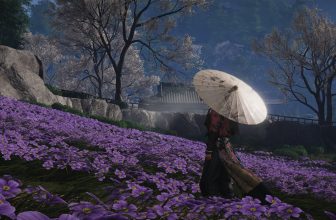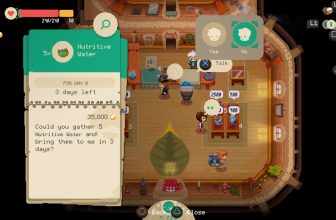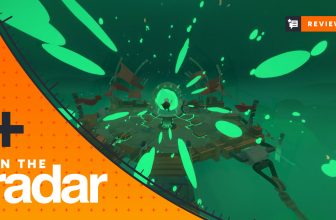When your first game sells over 15 million copies, especially if you’re an extremely small development team, you don’t have to worry about your second game putting food on the table. This was the fortunate position that developer Team Cherry found itself in with Hollow Knight: Silksong after the success of Hollow Knight, so in a way, it was no surprise to see Silksong launch at just $20 – only $5 more than its predecessor – despite being a much larger game that took over six years to make.
Silksong’s low price, while not an unbelievable outlier, is very much an outlier. Many devs remarked on Team Cherry “being cool and giving their game away” because it can afford to, even if this kind of price-to-production ratio wouldn’t be feasible for many indie teams. Heck, I spent more money on shorter Metroidvania games this year and I didn’t regret it at all. Even Hollow Knight, and even at the time, felt undervalued at $15, as if Team Cherry didn’t fully know what it had on its hands. Of course, you won’t hear me complaining about great, affordable games, and just because you could charge more doesn’t mean you have to.
As part of that process, Gibson says, “because we try to price the games at a reasonable level for people – and we have quite a habit of expanding the content to be quite large – it felt inevitable that it would get to a point where the value of what we make would warrant being recognised as a single title.”






